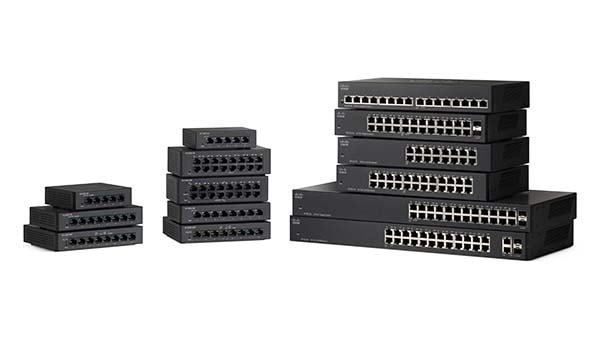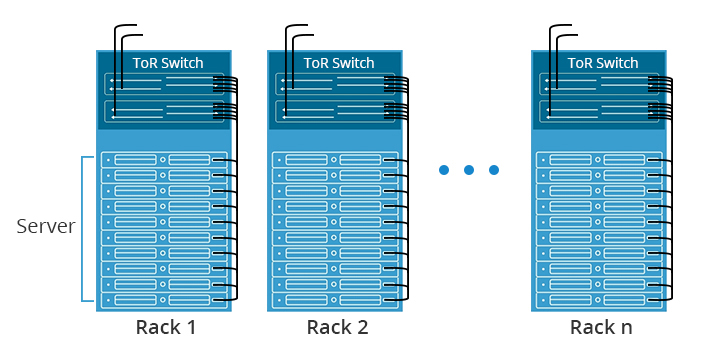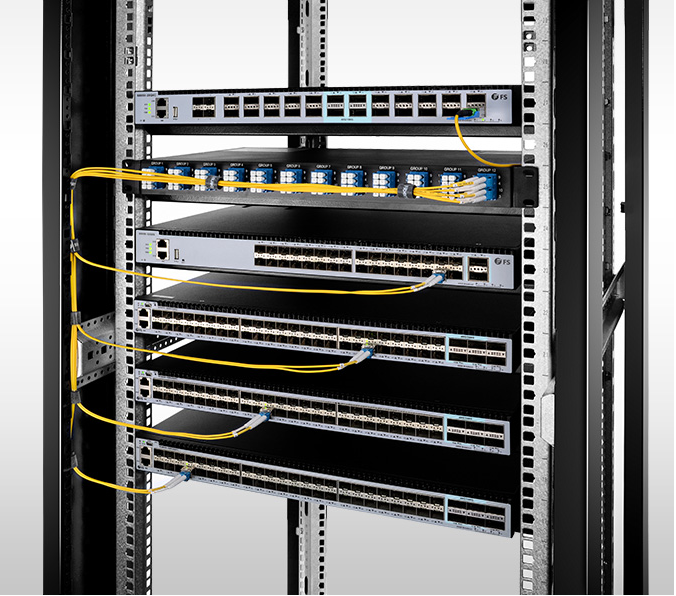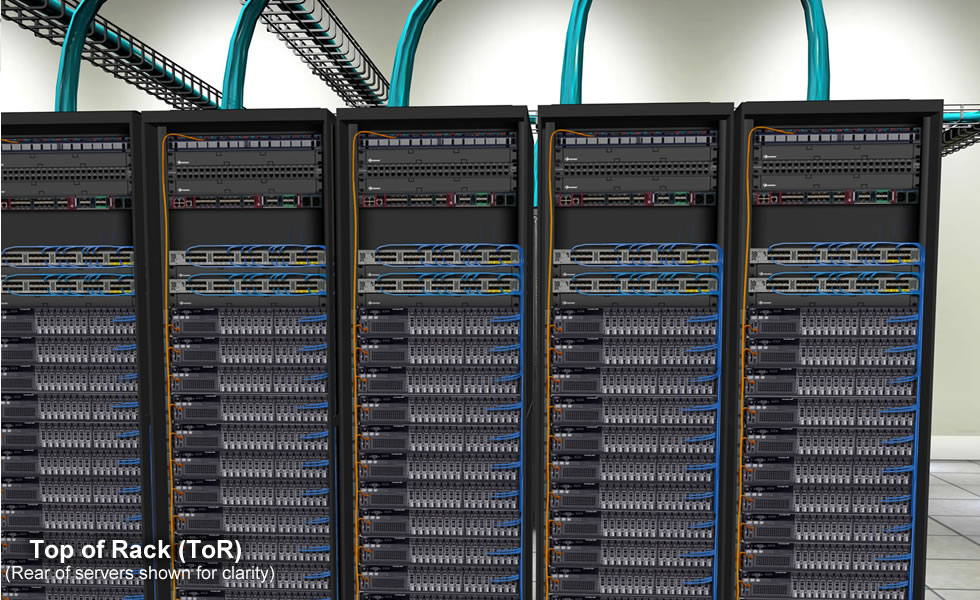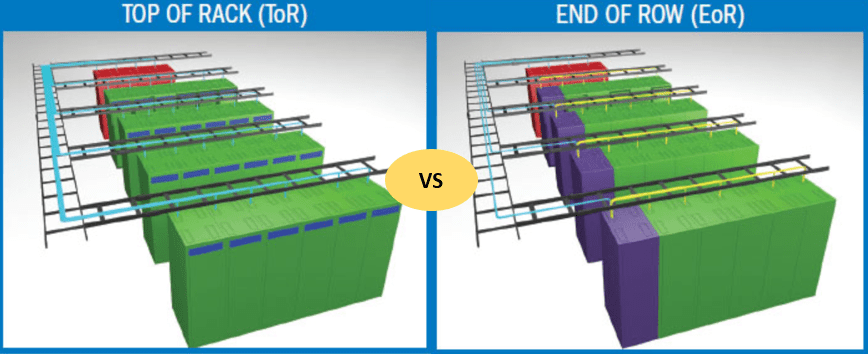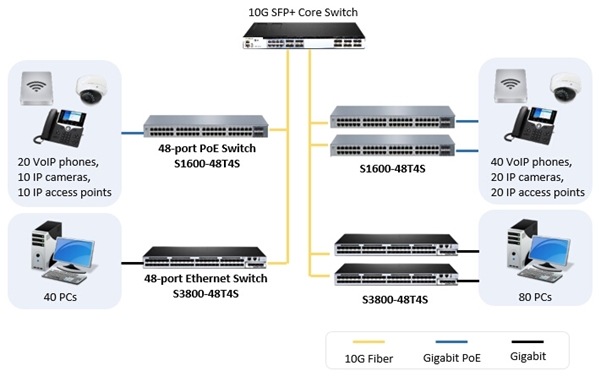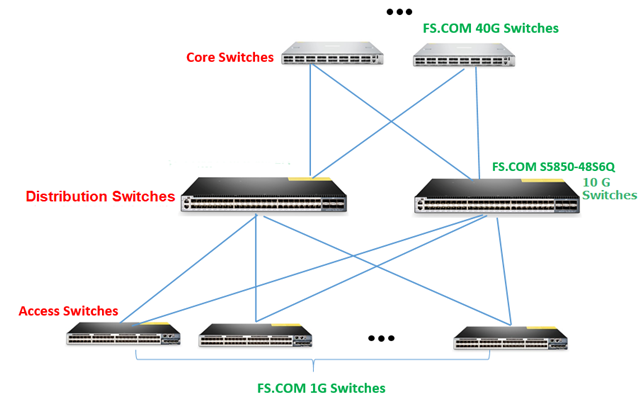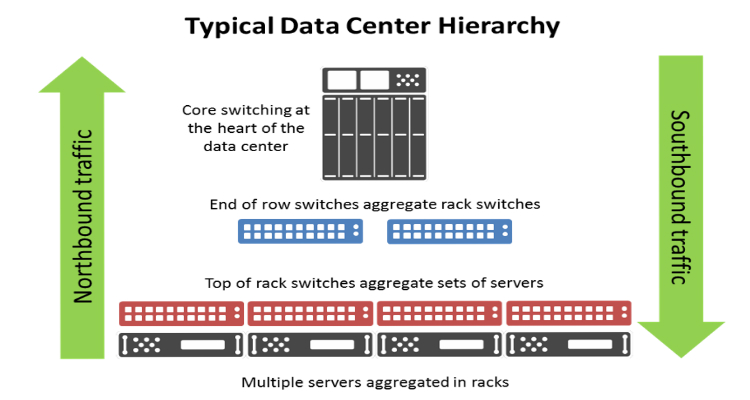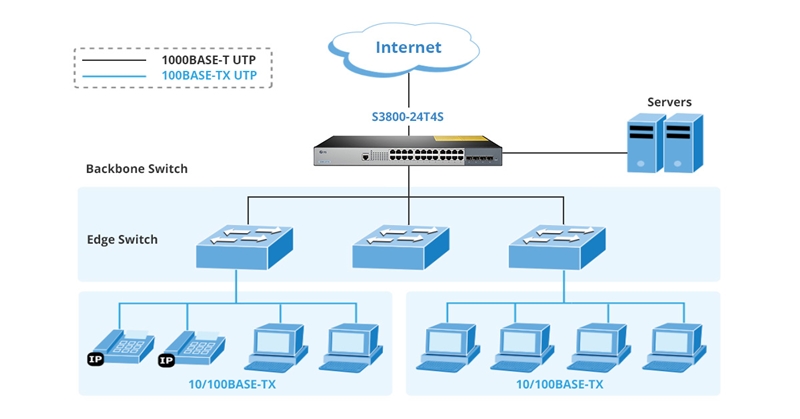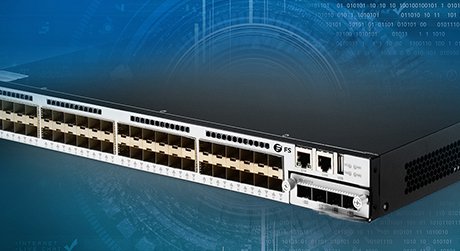Generally top of rack switches are installed in stacked pairs enabling any one switch to be swapped out or rebooted with each server in the rack redundantly connected to both switches.
Top of rack switch vs core switch.
This makes these switches very popular as top of rack switches in the data center.
Top of rack switching is a network architecture design in which computing equipment like servers appliances and other switches located within the same or adjacent rack are connected to an in rack network switch.
After practical installation however engineers found that top of the rack is better due to easier accessibility and cleaner cable management.
Middle of rack vs top of rack switch placement.
30th january 2019 by greg ferro filed under.
If for some reason you are using coax to connect to the core then tor might be the only way to reach the spine switches.
In turn these network switches can be connected to aggregation switches using one few cables.
Though core switch price is higher than a normal switch deploying best core switches in the core layer is a must to ensure a reliable backbone.
One is the redundant access switch deployment which usually demands two high speed and individual tor switches that connect to the core network.
Despite its name top of rack tor switches can be placed anywhere in the rack.
A tor switch could be at the top of the rack but the actual physical location does not necessarily need to be at the top of the rack.
In highly virtualized data centers top of rack switches may even be 10gbps across all ports an expensive high performance option.
A chassis would require over double the rack space to achieve this access port density.
We can do this using only 9ru s of rack space.
We can stack up to nine 3750 x switches and have 432 x 10 100 1000 ports and 18 x 10 gbps ports.
Advantages limitations of tor top of rack approach.
Middle of rack vs top of rack switch placement.
Compared core switch vs edge switch core layer switch owns advanced features in hardware and software to cater for high end applications.
Cabling complexity is minimized as all the servers are connected to the switch in the same rack and only a few cables go outside the rack.
For example in a data center with 40 racks where each rack contained 2 top of rack switches the result would be 80 switches on the floor just providing server access connections not counting distribution and core switches.
